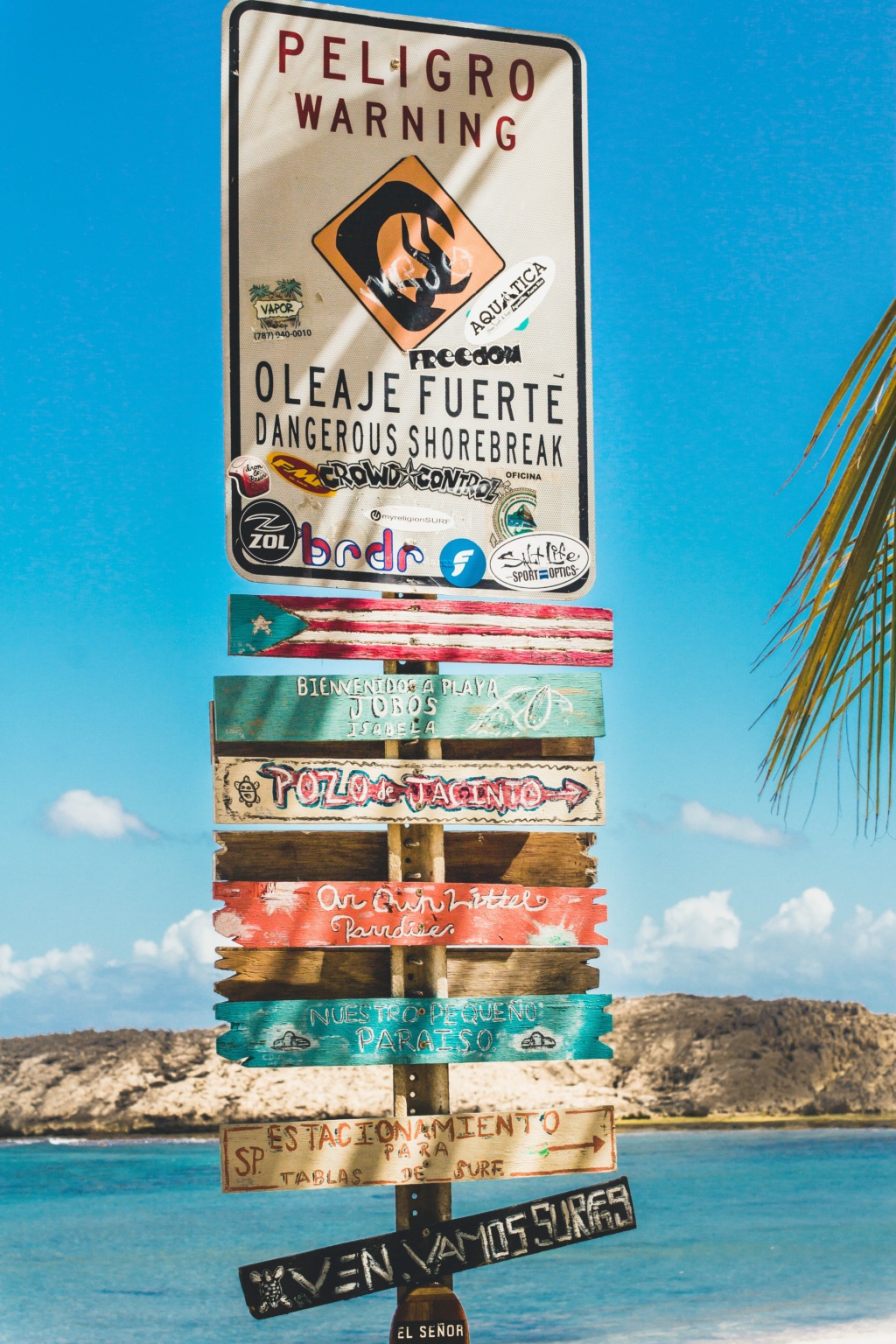Australia’s borders are open, and many Australians have started travelling overseas. Have you dreamed about finding a new business opportunity in another country? If so, this article is for you.
Create an export plan
When you take the big step of going international, having a plan is going to help immeasurably. Writing an export plan gives you a route map to follow and helps to explain to investors, funding providers and your existing home team WHY you’re looking to expand out into a new country.
As a starting point:
- Explain your business reasons for trading in this new territory
- Give a detailed explanation of your supply chain and how it will work
- Outline your strategy for finding customers, making sales and generating revenue
- Summarise the costs of going international and where you hope to find the funding
- Give an overview of the company’s current financial health and cashflow position
- Set your initial targets for the first year and your timescales for achieving them.
Check if you need an export licence
It’s possible that you’ll need an export licence in Australia to trade over country borders. This will depend on what goods you’re exporting, whether they are on any controlled lists and whether there’s an existing trade agreement with your target county.
Free trade agreements (FTAs) may exist between Australia and your export country, reducing or removing some of the regulatory hurdles required to trade between those two territories.
Understand your Tax liability
According to the OECD, 170 countries and territories have some form of Value-Added Tax (VAT) or Goods and Services Tax (GST). These consumption taxes are added to non-essential goods and are paid by the consumer as part of the price they pay at the till.
Knowing whether you’ll need to charge and pay GST/VAT in your new territory is an important consideration. Countries will charge GST/VAT at different rates, on different goods and services. So, it’s important to talk to a specialist who can advise you on how to deal with GST/VAT when trading across borders in your new country.
Move to multi-currency accounting software
If you’ve only traded in Australia, your finances will have been managed in a single currency up to this point. The likelihood is that your new export location will use a different currency.
Whether your new location trades in Korean Won, euros or Chinese Yuan, your accounting software needs to be able to deal with transactions in the Australian dollar and your new international currency. Most of the major cloud accounting platforms will offer a multi-currency subscription, giving you the ability to account in multiple currency types.
Find the best way to get paid in a new currency
When you make your first sales in your international territory, you’ll also need a way to take payment in this new currency. With cashless card transactions now so common in many parts of the world, this is less of an issue than it used to be. However, you will need a bank account that uses your new currency and some means of converting funds into your home currency.
International bank accounts with foreign exchange (forex) capabilities make this easier. Providers like Wise Business, OFX or Revolut, give you the option to collect payments in one currency and then export it in Australia dollar. This makes the forex process much simpler and also much more cost-effective, with rates usually far lower than those your high-street bank would charge for forex transactions.
Market your brand to a new audience
A key step will be marketing your brand to consumers in this new country or finding other businesses to sell to directly. Remember, you’re starting from scratch when it comes to brand awareness and advocacy, so it’s important to do as much research as possible.
Questions to ask include:
- Is there a need for your goods and services in this new market?
- Who are the current brand leaders and your direct competitors?
- How will you differentiate your goods in a crowded market?
- Do you have the resources to create marketing content in a second language?
Remember to also check on cultural sensitivities in your new country. Do you understand the cultural, social and religious differences between Australia and your new territory? Using the wrong words, phrases or colours in your marketing could be disastrous, so learn as much as possible about your new country and get to know the local traditions.
Going international is a significant step for your business. We can help you draw up an export plan and get your tax and accounting ready for operating in a new territory. We also have bilingual accountants to assist with in terms of culture and language.
Talk to us about writing your export plan.





